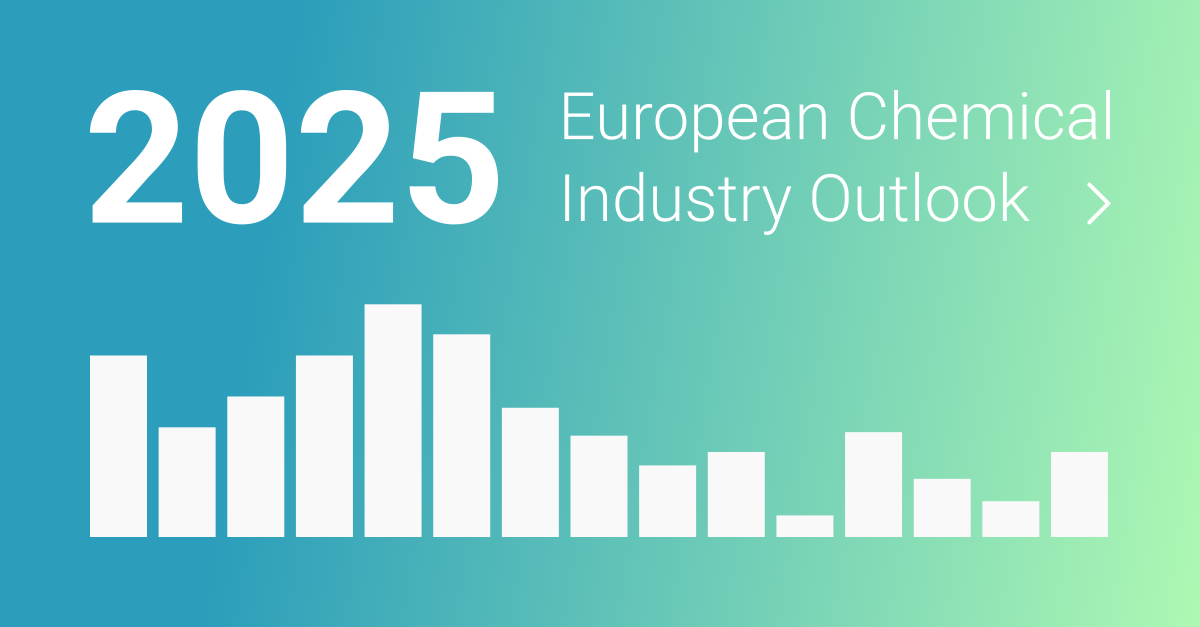- By 2030, EU's PPWR mandates all packaging to be 100% recyclable.
- Non-PET packaging must include 10% recycled content; other plastics need 35%.
- Borcycle™ M and Promix Microcell Technology enable compliance with PPWR.
- HMS PP addition improves foam sheet production, enhancing durability.

EU PPWR Targets
The EU's Packaging and Packaging Waste Regulation (PPWR) sets ambitious goals for 2030, requiring all packaging to be 100% recyclable. Non-PET packaging in contact-sensitive applications must include at least 10% recycled content, while other plastic packaging must contain 35% recycled content.
Collaboration for Innovation
Achieving these targets demands innovation and cross-industry collaboration. Packaging producers face challenges in balancing compliance, quality, and cost, especially with rising prices and inconsistent quality of post-consumer recycled (PCR) materials.
Technological Solutions
In partnership with Promix Solutions, Borealis has developed recyclable packaging using Borcycle™ M materials. Borcycle™ M is an advanced mechanical recycling technology providing high-quality PCR suitable for non-food contact applications. Promix Microcell Technology, a physical foaming process, reduces material density by 20% to 70%, lowering costs and carbon footprint while maintaining mechanical properties.
Material Composition
The partnership has produced packaging solutions combining Borcycle M, virgin polypropylene (PP), and high melt strength (HMS) materials. This blend ensures excellent mechanical performance and visual quality, meeting future PPWR requirements. Adding PCR content initially caused visible corrugation in foam sheet production, but incorporating 10–20% HMS PP eliminated this issue, enhancing durability and structural integrity.
Applications
These solutions are now in production and are ideal for non-food applications such as trays, containers, shopping baskets, and horticultural products. This collaboration highlights how innovation and partnership can drive progress in sustainable packaging.
